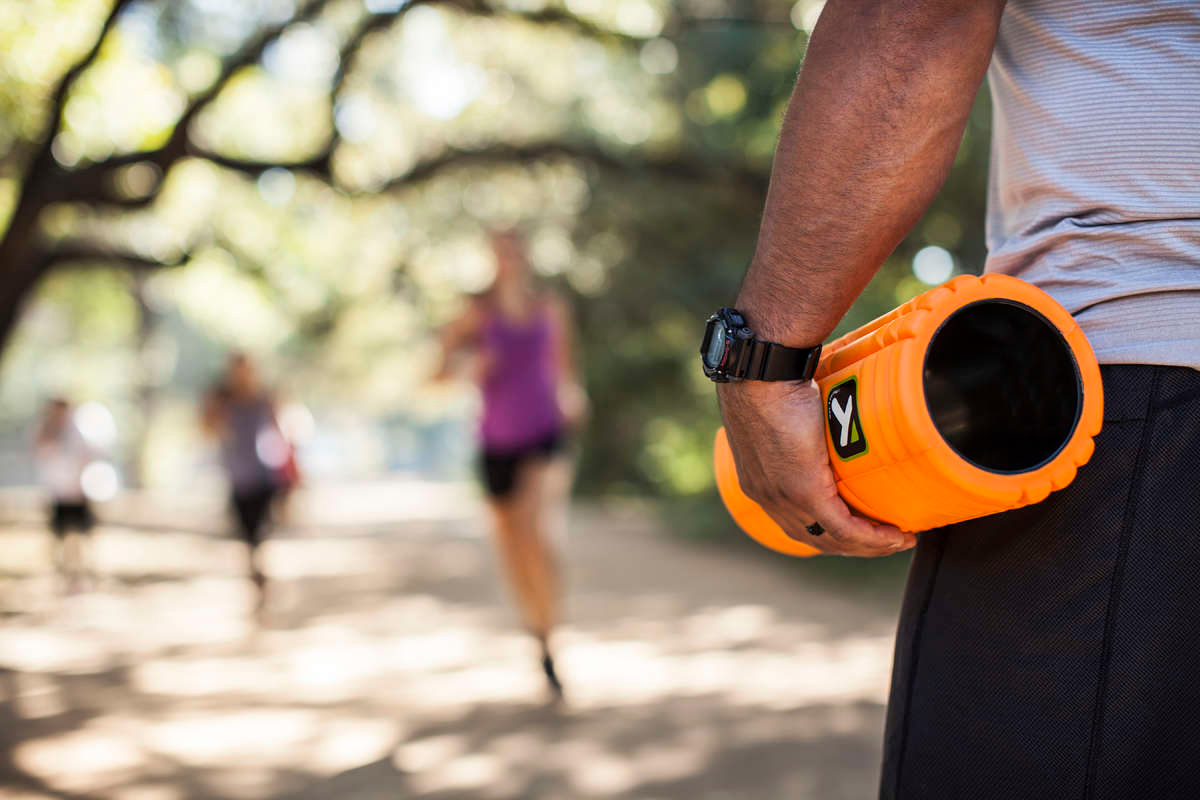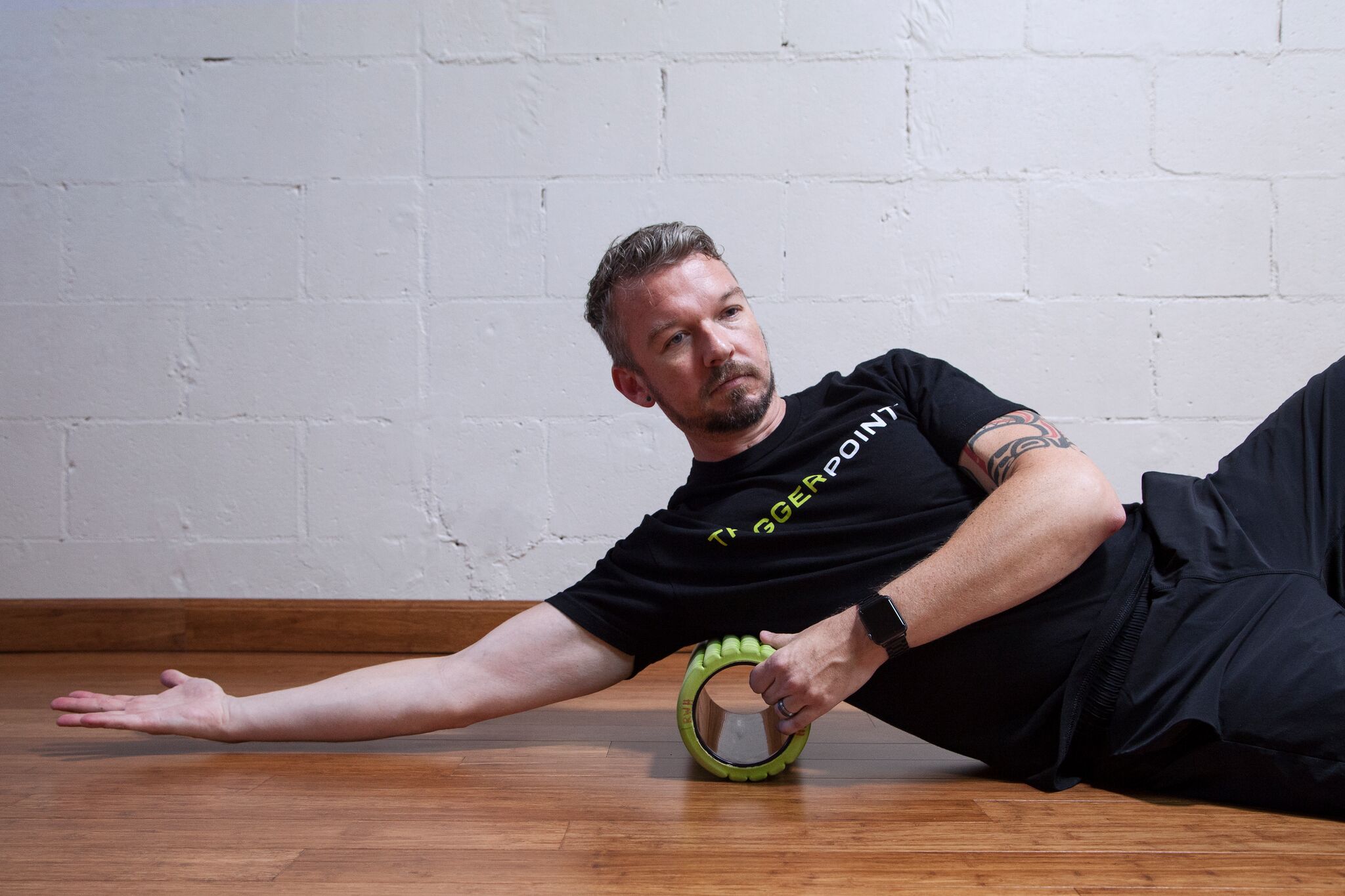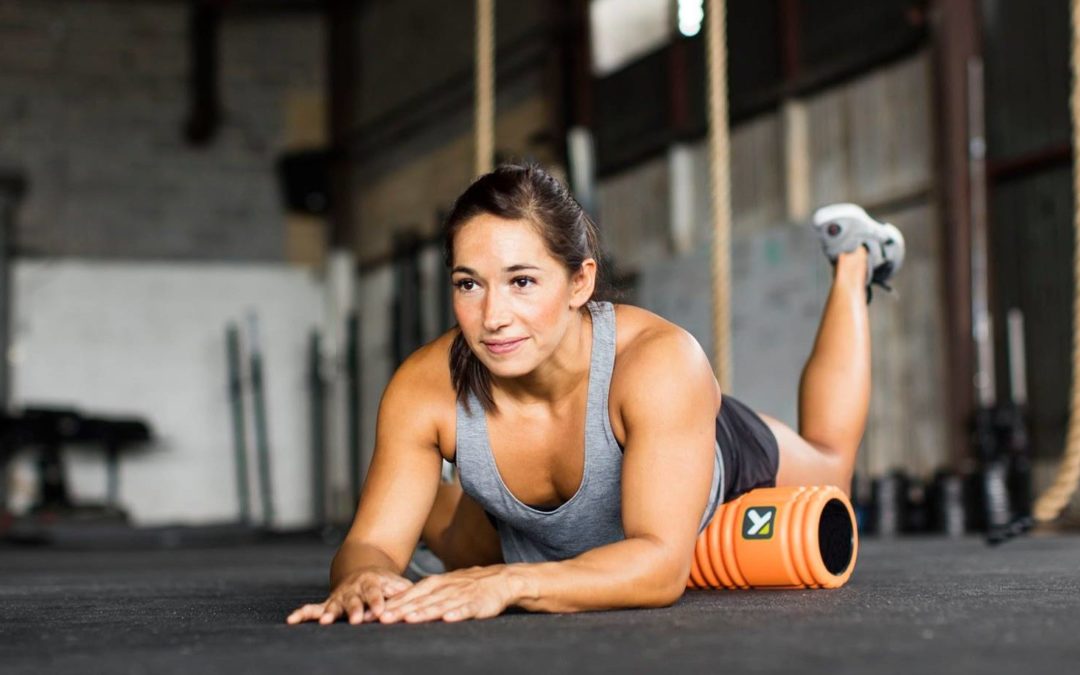In order to stay active and enjoy the sport you love, foam rolling should be an integral part of your regular training plan.
By Ryan Halvorson
Foam rolling and massage techniques have been around for quite some time. According to historians, the first documented instance of massage dates back to Ancient Egyptian times. However, foam rolling—using a cylindrical piece of foam of varying densities to relieve muscle tension—has only become part of the public consciousness in recent years. What once was relegated to physical therapy clinics is now more mainstream, thanks to high profile athletes like Lebron James and Tony Parker, climbing greats Jimmy Webb and Sasha Digiulian, and well-known actors Mark Wahlberg and Hugh Jackman, who all swear by foam rolling for helping them maintain their physically demanding lifestyles.
However, foam rolling isn’t just for well-paid actors and top athletes; it’s also important for anyone interested in enjoying a pain-free, active lifestyle.
Read on to understand a few of the many scientifically supported benefits of foam rolling and why you should make it an integral part of your active life.
IMPROVED MOBILITY AND RANGE OF MOTION
Mobility and range of motion are cornerstones of any athletic endeavor—rock climbing, especially. How many times have you tried to hike your leg up to place your foot on the highest hold possible, only to fall inches short due to tight hips? Or, what about those super reachy climbs where you wished your wingspan was an inch longer?
Foam rolling can help.
Several studies have shown that foam rolling on a regular basis—and specifically before exercise—can significantly improve your range of motion and mobility making it much easier to grip those previously out-of-reach holds and get your feet higher for better leverage.

What’s even more interesting is that pre-exercise rolling led to improved mobility without sacrificing physical performance. Conversely, the same can’t be said for a more popular method for achieving better flexibility: stretching. New studies even suggest that pre-workout static stretching impedes muscle activation.
In a report published in the Journal of Sport Rehabilitation, the researchers write, “Foam rolling is more effective than static and dynamic stretching in acutely increasing flexibility of the quadriceps and hamstrings without hampering muscle strength, and may be recommended as part of a warm-up.”
BETTER ATHLETIC PERFORMANCE
Feeling weak? Having a high-gravity day? A pre-climb warm-up on a foam roller can help, according to new research. A recent study published in Sports Medicine found that individuals who used a foam roller experienced increases in maximal voluntary contraction. Essentially, foam rolling was like an “on” switch for the subjects’ muscles, which created an instant boost in muscle activation and reduced the amount of effort. Basically, you get more bang for your muscular buck. This led to decreased muscle fatigue and strength maintenance. The study’s lead researcher, Dr. Lewis Macgregor, lecturer at the University of Stirling in Scotland, offers insight into why this might happen.
He says, “I surmise that foam rolling prior to exercise helps to light up the pathway between the brain and the muscle, providing a better understanding of what is required.”
Macgregor adds that these results make a strong case for using a foam roller before activity for improved performance and a variety of other benefits.
“Our research—for the first time—suggests that foam rolling offers a viable alternative warm-up technique that does not result in diminished muscle strength, which is often associated with static stretching,” says the professor. “It shows that foam rolling may be a useful technique in helping to reduce stress and strain on muscles during exercise and, therefore, could reduce injuries.”
Another study linked foam rolling with better sprint times, bench press, vertical jump, and more.
ENHANCED RECOVERY
Long, intense climbing sessions and challenging workouts oftentimes result in sore, cranky muscles the following day. This can throw a monkey wrench into your training plans and lead to decreased functional ability. However, a post-training roll-out can reduce delayed-onset muscle soreness (DOMS) and increase the chances that you’ll be able to perform well, according to research. A 2015 study published in Current Sports Medicine Reports looked at reports on foam rolling—aka SMR aka self-myofascial release—and determined a positive association between the practice and improved recovery.

The researchers say, “SMR has been observed to decrease soreness following DOMS, which may indirectly enhance performance by allowing the individual to exercise longer and harder.”
In a study featured in the Journal of Athletic Training, subjects performed 10 sets of 10 repetitions of barbell back squats for 4 weeks. The subjects then either completed 20 minutes of foam rolling or no post-exercise protocol. The goal was to compare quadriceps muscle soreness among the two groups. According to the results, the difference was remarkable. Those in the foam rolling group experienced significantly less soreness than those in the non-foam rolling group.
Less soreness means that you’ll be back to doing the things you love much faster.
Since foam rolling is a relatively new field of study, more research is needed to understand all of its benefits and the mechanisms for why it works. But, for now, the current research suggests that anyone interested in feeling better, moving better, and maintaining an active lifestyle should make foam rolling a regular habit.
REFERENCES
Pearcey, et. al. 2015. Foam Rolling for Delayed-Onset Muscle Soreness and Recovery of Dynamic Performance Measures. Journal of Athletic Training, 50(1); 5-13.
Cheatham, et. al. 2015. The Effects of Self-Myofascial Release Using a Foam Roller or Roller Massager on Joint Range of Motion, Muscle Recovery, and Performance: A Systematic Review. International Journal of Sports Therapy, 10(6); 821-838.
Markovic. 2015. Acute effects of instrument assisted soft tissue mobilization vs. foam rolling on knee and hip range of motion in soccer players. Journal of Bodywork and Movement Therapies, 19(4); 690-696.
Fleckenstein, et. al. 2017. Preventive and Regenerative Foam Rolling are Equally Effective in Reducing Fatigue-Related Impairments of Muscle Function following Exercise. Journal of Sports Science & Medicine, 16(4), 474-479.
Hsuan. 2017. Acute Effects of Foam Rolling, Static Stretching, and Dynamic Stretching During Warm-ups on Muscular Flexibility and Strength in Young Adults. Journal of Sport Rehabilitation, 26(6); 469-477.
Macgregor, et. al. 2018. The Effect of Foam Rolling for Three Consecutive Days on Muscular Efficiency and Range of Motion. Sports Medicine, https://doi.org/10.1186/s40798-018-0141-4.
Peacock, et. al. 2014. An Acute Bout of Self-Myofascial Release in the Form of Foam Rolling Improves Performance Testing. International Journal of Exercise Science, 7(3); 202-211.
Schroeder, et. al. 2015. Is Self Myofascial Release an Effective Preexercise and Recovery Strategy? A Literature Review. Current Sports Medicine Reports, 14(3); 200-208.




